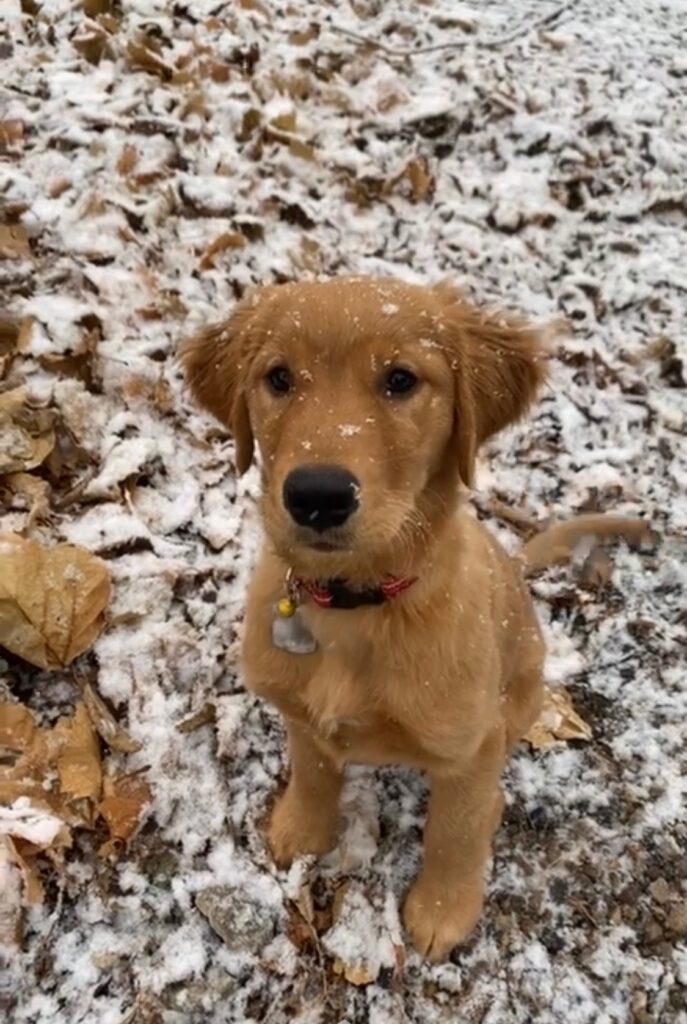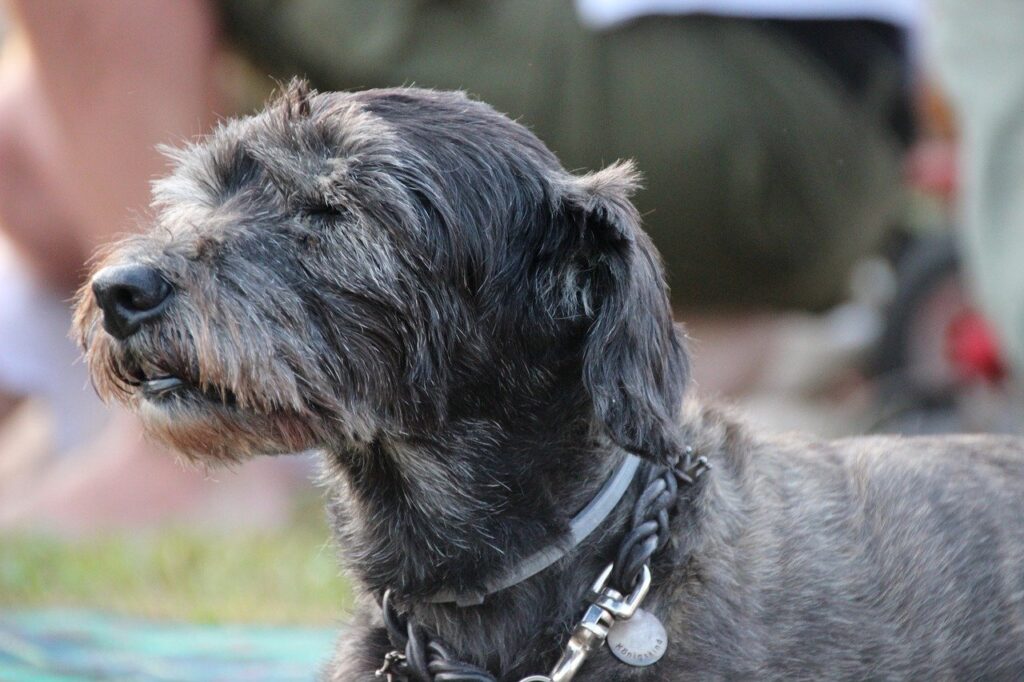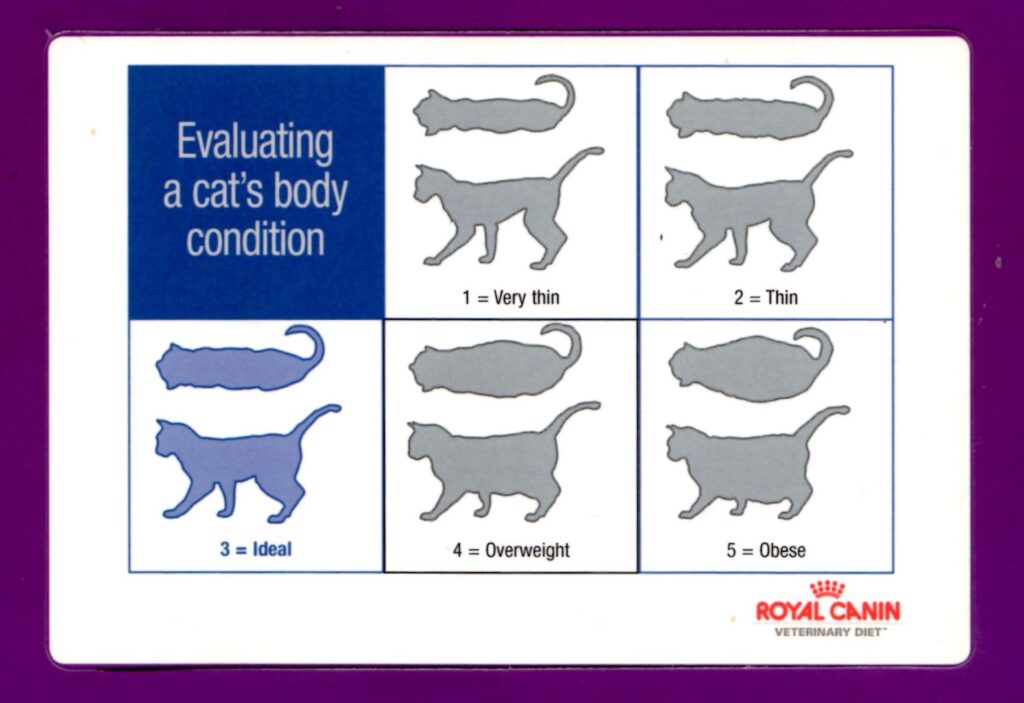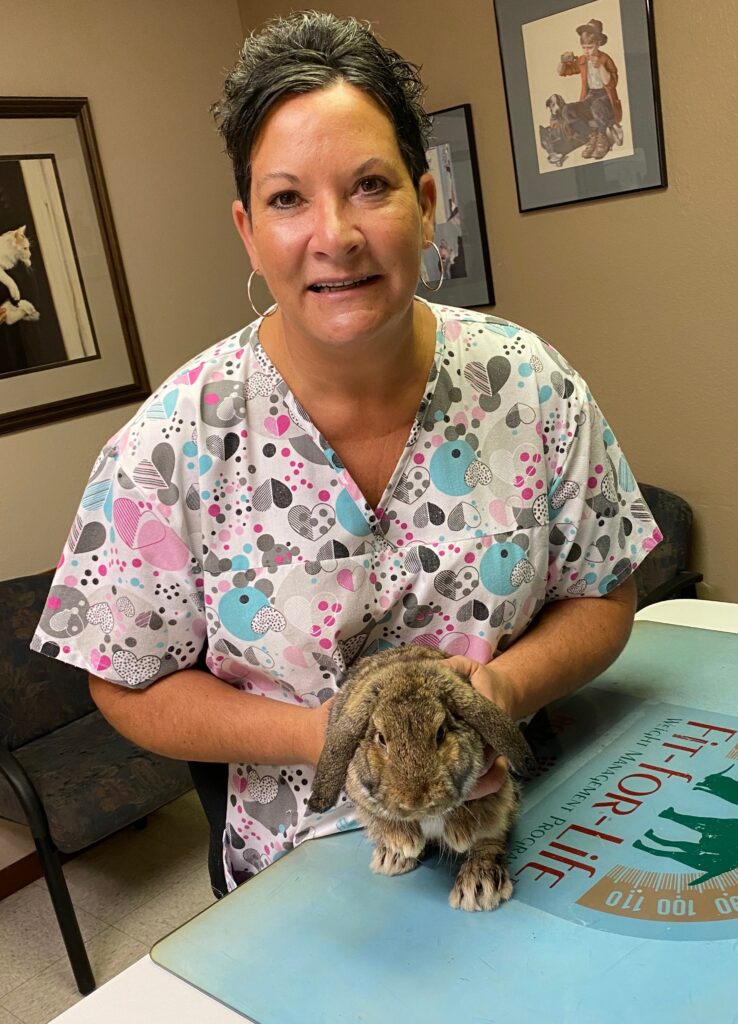National Mutt Day
Is this really a thing? December 2, 2020 is on the calendar as National Mutt Day. Last month I commented on how there is a day to celebrate just about everything for pets. This month includes National Cat lovers Month, National Horse Day on Dec 13th and National Cat Herder’s Day on Dec 15th. Yes, a day to honor Cat Herders. I will let you google that one yourself.

The strange thing about National Mutt Day is that years ago all we had were mutts. Our dog population was a mix of this and that and that and this. Most dogs were living outdoors and were fed whatever food was leftover. It seemed the only dog and cat food available was Purina dog chow and cat chow. A pet was really loved if they got store bought food. The pets were lucky to be allowed into the house on the cold winter nights. Still many preferred to remain outdoors with the livestock or in their insulated dog houses sleeping with the farm cats.
My dad always questioned how I could make a living treating dogs and cats. At the time I decided to be a veterinarian, the “real” vets treated livestock and pets were a sideline business as a service to the farmers. Today the tables have reversed. Pets have moved from the backyard to the bedroom. Pets have become family not livestock. Pets have replaced lost family members and grown children. The annual amount spent on pets in 2019 was over 95 billion dollars. That is 23 billion more than in 2018. What do you suppose 2020 will look like? We saw more new pets this year than in any of the previous 12 years. People spent more time with their pets so therefore they were more likely to do more veterinary care and grooming than previous years. People had time to train and work with their new pets to make them good canine citizens. I became a grandma to a golden retriever named Ciggy and a mini golden doodle named Stella. They have brought joy to us all with their cuteness and energy. Many photos and videos have been exchanged to share their daily lives with our family. Years ago this was not a thing. This is a very different world in 2020.
 Ciggy
Ciggy Stella
Stella
I looked up the word “Mutt”. A mutt is a dog that does not belong to one officially recognized breed and is not the result of intentional breeding. Most people prefer the name mixed breed dog over mutt or mongrel. In the past few years the mixed breed dog has gained status. I use the example of the “hybrid” pet. These are pets that have been intentionally bred together like the golden doodle, pomsky, or the morkie to improve the genetic pool but still produce an adorable offspring. The interesting fact is these mixed breed dogs appear to be costing more than the purebred dogs in some circles. I know people want to consider them a breed of dog but they are not. They are a mix. They could be classified as a mutt. Many people would be extremely annoyed if you called their hybrid pet a mutt. Will these dogs ever become a recognized breed? I would doubt that since they will always be a mix of dogs. Regardless of their status, they are loved and adored by their families and continue to bring hours of joy and love into their homes.
As we enter the final month of 2020, please remember to honor your pets on Dec 2nd, especially if they are a “Mutt”! This is their day to be spoiled! Wait a minute….aren’t they spoiled every day? Have a very joyous holiday season. I will be back in 2021 with more thoughts on pets and how they make our days brighter and our lives more joyful.


